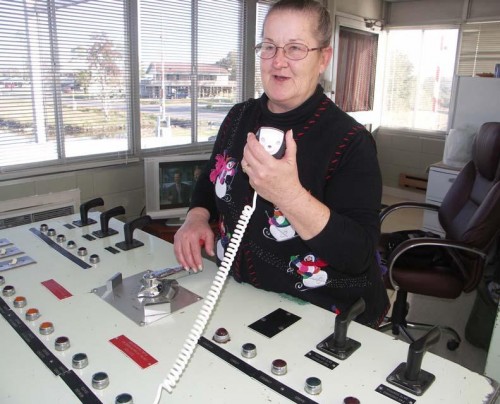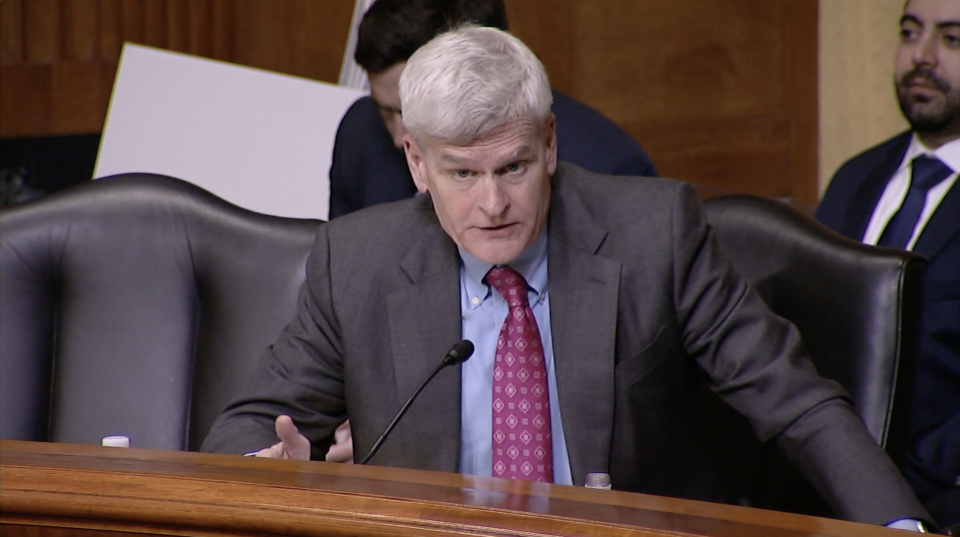Annie Kiger
December 17, 2010
Sugar industry recovers with sweet harvest
December 21, 2010During a time when most state and local budgets include the elimination of jobs to reduce expenses, one category of worker feels confident that for now their often-unnoticed careers appear to be sailing smoothly. They are the people who operate lift bridges, draw bridges and swing bridges in various parts of the country.
In the Tri-parish region some movable bridges, used to maintain an even flow of both marine and vehicular traffic, are operated by the state of Louisiana while parish employees man structures under their jurisdiction.
“If a bridge connects a state highway to a state highway then it is a state designated bridge. If a bridge connects a state highway to a parish highway it is a parish bridge, and if goes parish highway to parish highway it is a parish bridge. That’s the easy way to look at it,” Terrebonne Director of Public Works retired Lt. Col. Gregory Bush said.
Terrebonne Parish alone has 81 bridges, not including state managed structures. Seven of the state’s highway bridges are movable and operated by crews working six and 18-hour shifts. Bridge tenders man seven of the parish’s movable bridges at all hours on both 12- and 24-hour shifts. The state has five manned bridges in Terrebonne Parish.
The remainder of both state and parish movable bridges are operated with advance notice required of mariners and posted telephone numbers are provided. A new, movable bridge is in the works for construction at the intersection of Prospect Boulevard and Louisiana Highway 24 in Houma and will be manned as well.
In Lafourche Parish, the state has nine regularly manned lift and swing bridges with two others holding an on call status. The parish Department of Public Works is responsible for three lift bridges and three pontoon bridges as well as their own designated solid structures.
St. Mary Parish has five full time bridge operators. Each rotates a schedule to maintain five movable bridges and control traffic flow.
Marjorie Nall is a bridge tender and is employed full time with Terrebonne Parish to watch the waterway and vehicular traffic. She, along with her peers will be present in the bridge houses on either 12- or 24-hour shifts depending on their schedules.
Nall, a native of the area, returned home after a 21-year Army career, where the former Staff Sergeant worked as a heavy equipment operator. “I drove the big rigs,” she said.
Although transportation has been her way of making a living, working on the bayous of southern Louisiana was a new experience for her when she started her current job nearly 4 years ago.
“I wanted something that was stress free and this is about the best I could find,” Nall said.
A typical shift for bridge tenders begins with making rounds to be certain that the structure is in good shape, that fender walls n a part of the bridge that guides boaters through a given channel n are clear, towers and decks n in the case of lift bridges n are in appropriate condition, and that guard rails, lights and signal horns are working as well.
“This is one of the easier bridges to operate,” Nall said of the Combon Bridge, which spans Grand Caillou Bayou and where she was stationed for an interview.
At the Combon Bridge, that structure has a 17-foot cross clearance and 27-foot vertical line with an additional four-foot extension. Nall said there are times when shrimpers will have to butterfly their beams to be able to cross under electrical wires or even some raised bridges depending on water levels, and that, as well as maintenance purposes is where the extensions come into play.
At the control panel of their bridge houses, bridge tenders check for water traffic and stop motorists to operate the moving structure when required. “When a boat comes through we ask the name and number of the boat and if traffic is clear we let them through,” Nall said.
Nall said that boat traffic can depend on the time of day and is seasonal in regards to how busy waterways might be at any given time.
“[There is] a lot of the marine traffic. When you talk about the Intracoastal Canal for instance, there is not a lot of change in patterns,” said Louisiana Department of Transportation and Development Bridge Maintenance Engineer Keith Angelotte. “But toward the southern parts of [Terrebonne and Lafourche Parishes] you’ll see changes with the different fishing seasons.”
Angelotte and Nall each confirmed that traffic does vary. Some area waterways will see 200 bridge openings a month until shrimp season begins. Then those numbers can exceed 1,500 openings a month. “There is a definite change in traffic flow that is affected by commercial fishing,” Angoltte said.
While most days working the bridge are calm, Nall admitted that some shifts do offer unexpected experiences n sometimes to the degree that bridge tenders have to function as emergency first responders.
“My most memorable experience was when I was working in Chauvin at the Toussant Foret Bridge. I had a crabber that lost control of his boat and he crashed. He hit something under the bridge and then he hit a boat on the side of the bayou and then came back and hit my fender wall. He flipped the boat [and] was injured in the bayou,” Nall said.
“I called 911, and my boss, and risk management, and the sheriff’s office, and water patrol. You have to notify everyone,” Nall said. “They took the guy to the hospital and they put stitches in his head.”
Nall explained that the instances when boats have to wait before gaining access under a bridge, are those times when emergency vehicles n primarily fire and ambulance n are making runs in the area of a given bridge.
When a vessel does damage a bridge, companies owning those vessels are generally billed for repairs according to Bush.
Information secured on the Houma-based King and Associates website, noted that the cost to construct a movable bridge can easily be three to six times that of building a fixed bridge. But in areas where water traffic is a way of life the expense is viewed as a value added investment.
Bridge maintenance is conducted on a regular schedule. Bush said that includes putting pontoon bridges in dry dock every 10 years. Sooner if it is deemed necessary.
“[Having manned movable bridges] to keep the waterway open is important for our economy,” Bush said. “When you have five bayous that spread through your parish like fingers and most of them are navigable from a certain point south you’ve got to have a movable bridge to keep that bayou open [and] to benefit trucks, cars and other vehicles.”
“I know that there is technology out there [that could replace bridge tenders] with cameras and remote controls, but I haven’t heard anything coming down the pike where we would eliminate operators on the bridges and do it from a room full of cameras and controls. We haven’t gotten to that point,” Angelotte said.
Nall said that with tight budgets, keeping human controllers over computerized systems is the most cost effective for state and parish governments. In Terrebonne Parish, bridge tenders start with a minimum wage according to Nall. “After four years they give you a penny [an hour] raise,” she said.
The Bureau of Labor Statistics listed 4,290 movable bridge, lock and lighthouse operators as working in 2009. The median hourly wage for these employees was listed at $20.02 with a low end of the scale average $12.28 an hour and an upper end average of $26.43.
For Nall the low wage is not an issue while she looks at her job as a way to supplement her military retirement and a monthly disability check. She and most bridge tenders are just grateful that they have jobs and are not among the numbers that have been replaced by computers or fallen victim to budget cuts. Nall offered a friendly laugh when it was suggested that having some security in her job gives her a lift.
Bridge Tender Marjorie Nall runs the controls for the Combon Bridge during a 12-hour shift. Nall said this is a good job to supplement her retirement following a military career. MIKE NIXON











